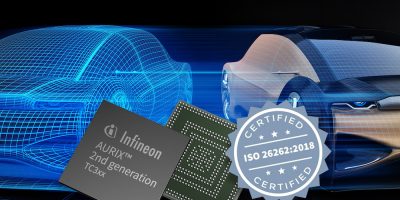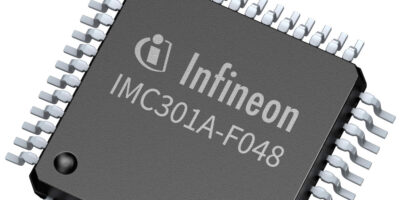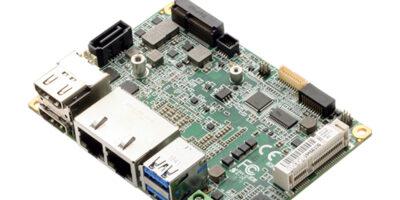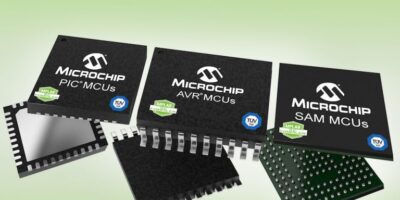Infineon Technologies second generation Aurix (TC3xx) microcontrollers are the first embedded safety controllers worldwide to be certified for the highest automotive safety integrity level (ASIL D), according to the latest version of the ISO 26262 standard.
This standard describes a globally binding procedure for the development and production of safety-critical systems in cars. In December 2018, the current version of the standard replaced the original version from 2011. The certificate was issued by SGS TUEV Saar.
“This certification underpins our leadership in automotive safety,” said Peter Schaefer, vice-president and general manager automotive microcontrollers at Infineon. “We defined the safety architecture of our second generation Aurix microcontrollers before the new version of ISO 26262 was even available, and yet it fulfills all requirements for an ASIL D safety controller. We have achieved this through a holistic approach to safety that resulted in a sophisticated and robust architecture. Second generation Aurix microcontrollers thus provide the safety and trust necessary to make automated driving happen.”
AURIX TC3xx devices have up to six processor cores with 300 MHz clock frequency each. Up to four of them have an additional Lockstep core. With around 3,000 DMIPS, Aurix allows for functionally safe computing power supporting ASIL D among safety microcontrollers. Other features include safe internal communication buses and a distributed memory protection system.
Aurix allows the integration of software with different safety levels from different sources. This allows multiple operating systems and applications, such as steering, braking, airbag and driver assistance systems, to be hosted on a common platform.
As well as computing platforms for automated driving using Aurix as their safety host controller, the microcontrollers are used in radar systems for processing sensor data, in engine and transmission control, brake, airbag and steering systems, central gateways, domain control units, hybrid and electric cars, among other applications.







